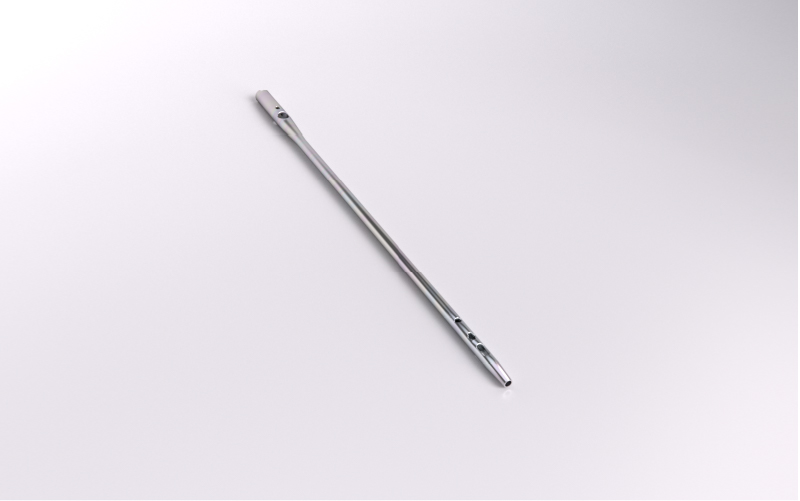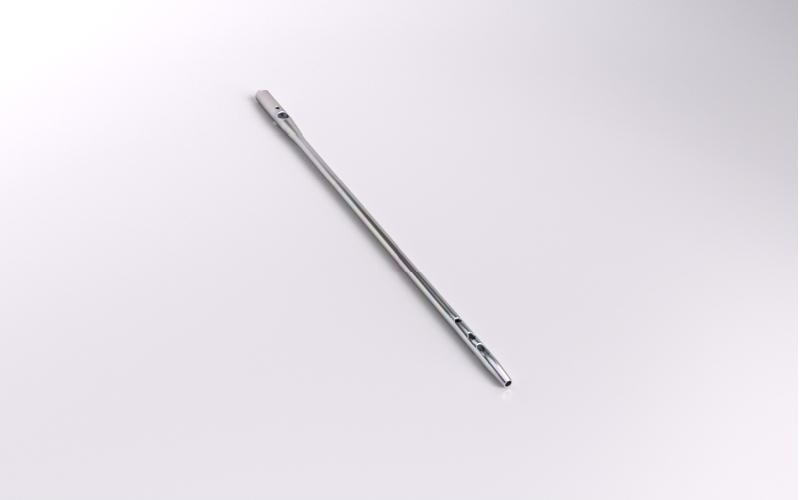
The 2024 Paris Olympics have left us with impressive leaps, races, acrobatics, and in short, movements which are beyond the reach of ordinary mortals. Moments that have amazed everyone and mean that many athletes have returned home with a medal. Anyway, we sincerely hope that it is the only metal they have come back with, because featured today is a key ally in the recovery of any athlete. Intramedullary nails or prosthesis nails are high precision parts that play a crucial role in orthopaedic surgery. But, have you ever asked yourself how intramedullary nails are manufactured?

Intramedullary nails or prosthesis nails are medical devices used to stabilise bone fractures in long bones like the femur or the tibia. Here's how it works: these nails are introduced in the medullary channel of the bone and they act as an internal reinforcement so the bone can heal and align correctly as it recovers. There are different types of intramedullary nails on the market like, for example, solid nails, hollow nails and interlocking nails. Each of them has a specific use, depending on where the fracture is and the bone that was injured.
As for the type of material used to manufacture intramedullary nails, most are made from surgical grade stainless steel or titanium alloys. These two materials are 100% biocompatible and resist corrosion inside the human body, and they can also withstand the strains they are subject to during the healing process. When it comes to manufacturing intramedullary nails, one of the most important aspects to bear in mind is the precision of the manufacturing. Because they are in direct contact with the human body, they must comply with international standards regulating manufacturing quality for medical devices, like ISO 13485.
But how is an intramedullary nail made? What machinery is the most suitable? Due to the precision required, the type of material and the geometry of the part, after choosing the most appropriate material, the nails must be machined on a CNC lathe which is the most suitable machine for production. Then, the end parts undergo various surface treatments and exhaustive quality tests such as fatigue and strength tests.
It might be a slight exaggeration, but the lathe that will probably look after you the best when it comes to manufacturing intramedullary nails is CMZ's TD series. Specifically, the high precision lathe perfectly suited to this production process is the TD-15-Y-1350. That is because a rest can be included to prevent vibrations when machining long parts, and a rest can be included on the lathes in the TD series.
Let's touch wood that nothing happens in the years to come, but if non-stop production becomes necessary, the TD series is always at the ready 😉 Its oil immersed spindles guarantee maximum precision and shorter machining times. By not having belts or pulleys, this lathe generates less noise and delivers a better the surface finish. For that reason and many more, this machine is ideal for manufacturing intramedullary nails.